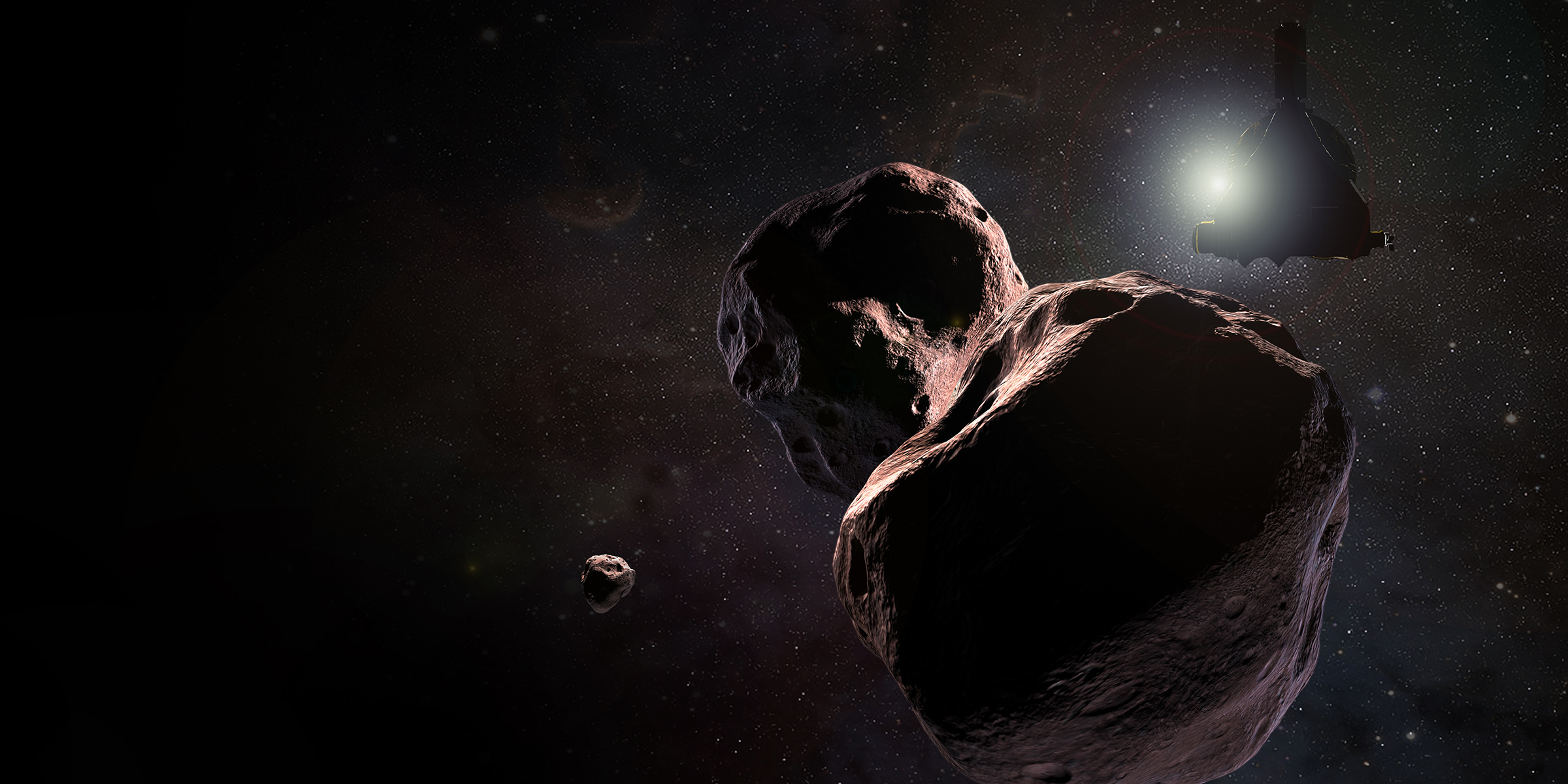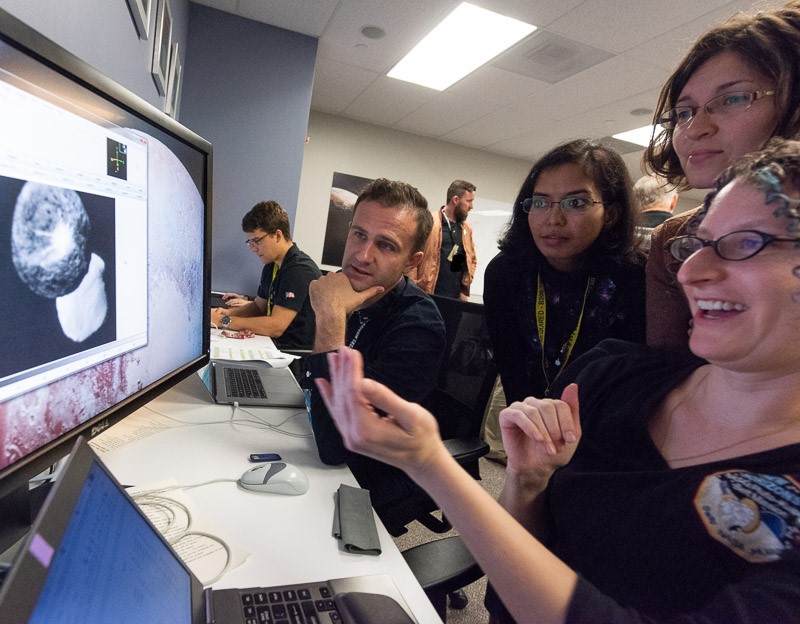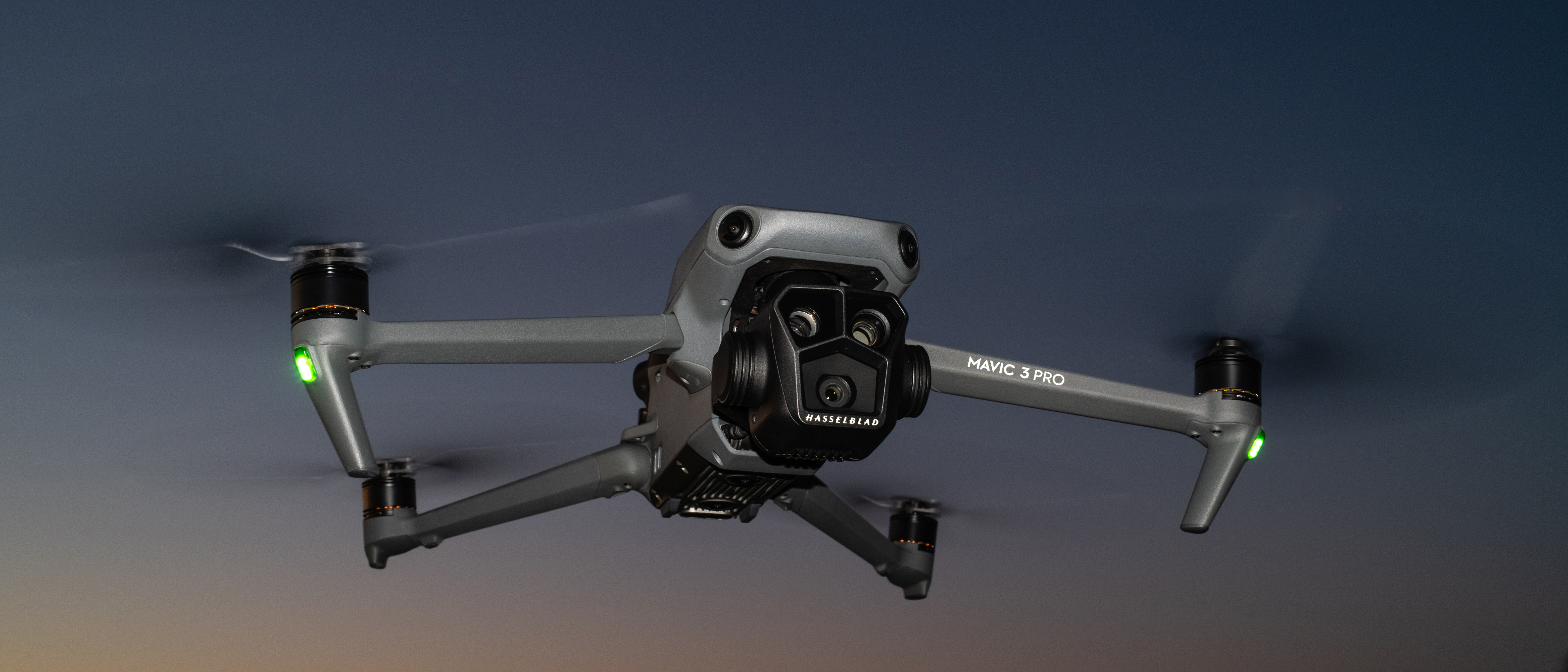New Horizons Sails Through 'Final Exam' Before Ultima Thule Encounter

NASA's New Horizons mission continues to check off milestones ahead of its history-making New Year's Day flyby of the distant object known as Ultima Thule.
Last month, the mission team conducted a three-day practice session for the flyby, downloading and analyzing simulated data and rehearsing how to present this information to the public and the press.
"This was our science team's final exam, and they passed it with flying colors — meaning we're ready for the Ultima flyby coming almost exactly 100 days from now!" New Horizons principal investigator Alan Stern, of the Southwest Research Institute in Boulder, Colorado, said in a statement. [Destination Pluto: NASA's New Horizons Mission in Pictures]
This science-communication exam, held from Sept. 6 through Sept. 8 at the Johns Hopkins Applied Physics Lab (APL) in Maryland, was one of the last of about two dozen "operational readiness tests" that the team has been performing in advance of the Jan. 1 flyby, mission officials said.
The simulated flyby data that the team devised depicted Ultima Thule as two objects surrounded by a thin ring of debris. The real observations could show something similar; the limited information astronomers have gathered to date suggests that Ultimate Thule, which is officially known as 2014, may consist of two bodies orbiting a common center of mass.
Astronomers think that Ultima Thule is about 23 miles (37 kilometers) wide. The distant, mysterious object lies about 1 billion miles (1.6 billion km) beyond Pluto, which was New Horizons' first flyby target. The probe zoomed within 7,800 miles (12,550 km) of the dwarf planet on July 14, 2015, beaming home stunning images of a complex world with towering water-ice mountains and vast plains of frozen nitrogen and other exotic ices.

The Ultima Thule encounter is the centerpiece of New Horizons' extended mission, and the flyby should return some amazing data as well. The current plan calls for the spacecraft to zoom within just 2,200 miles (3,540 km) of Ultima Thule, which astronomers regard as a pristine relic from the solar system's planet-formation period.
Breaking space news, the latest updates on rocket launches, skywatching events and more!
"New Horizons is already conducting humankind's first-ever close flyby of a small Kuiper Belt object, an incredible feat by itself," New Horizons project scientist Hal Weaver, of APL, said in the same statement. (The Kuiper Belt is the ring of icy objects beyond Neptune's orbit.) "But If the real Ultima is half as cool as the one we simulated in this test, we're in for an even more amazing start to 2019!"
Follow Mike Wall on Twitter @michaeldwall and Google+. Follow us @Spacedotcom, Facebook or Google+. Originally published on Space.com.
Join our Space Forums to keep talking space on the latest missions, night sky and more! And if you have a news tip, correction or comment, let us know at: community@space.com.

Michael Wall is a Senior Space Writer with Space.com and joined the team in 2010. He primarily covers exoplanets, spaceflight and military space, but has been known to dabble in the space art beat. His book about the search for alien life, "Out There," was published on Nov. 13, 2018. Before becoming a science writer, Michael worked as a herpetologist and wildlife biologist. He has a Ph.D. in evolutionary biology from the University of Sydney, Australia, a bachelor's degree from the University of Arizona, and a graduate certificate in science writing from the University of California, Santa Cruz. To find out what his latest project is, you can follow Michael on Twitter.
